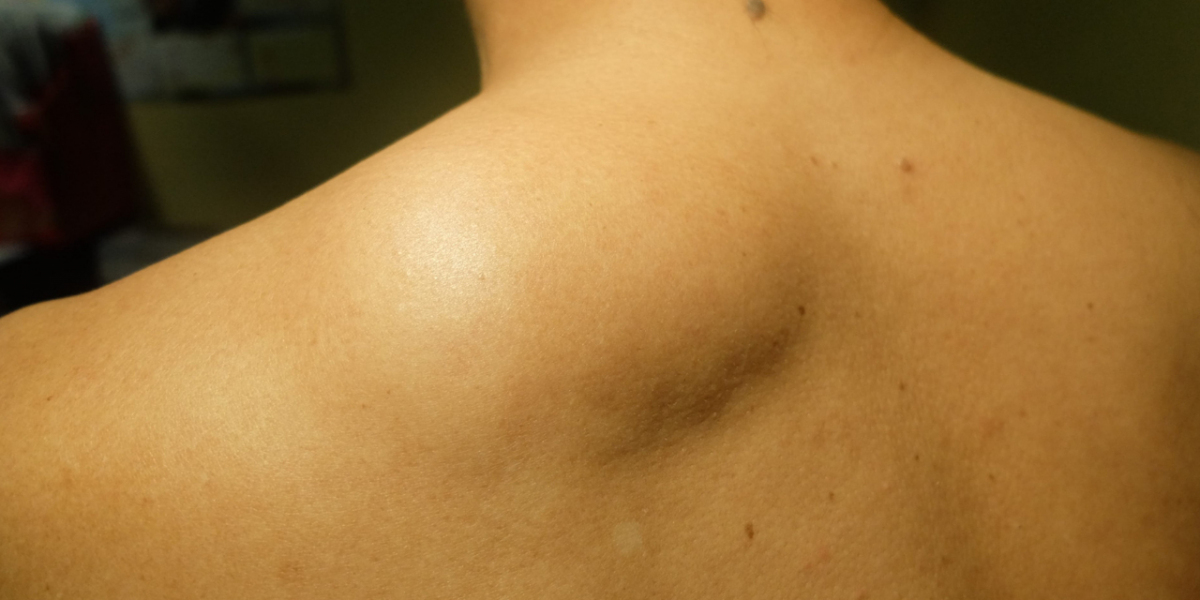Humpback neck, clinically known as kyphosis or dowager's hump, refers to an exaggerated outward curvature of the upper back. This condition can lead to a noticeable rounding of the upper spine, causing discomfort, pain, and affecting overall posture. Understanding the causes, symptoms, and available treatments for humpback neck is crucial for effective management and prevention.
Causes of Humpback Neck
Several factors contribute to the development of humpback neck:
Poor Posture: Prolonged periods of slouching, hunching over desks, or improper sitting habits weaken the muscles and ligaments supporting the spine. Over time, this can lead to an abnormal curvature of the upper back.
Aging: As individuals age, spinal discs naturally degenerate and lose height, contributing to changes in spinal alignment and curvature. The aging process can also weaken muscles and decrease bone density, further exacerbating spinal curvature.
Osteoporosis: Weakening of bones due to osteoporosis increases the risk of vertebral compression fractures, which can lead to kyphosis. Fragile bones are more susceptible to deformities and changes in spinal structure.
Genetics: Some individuals may have a genetic predisposition to developing kyphosis. Certain genetic conditions affect bone and muscle development, potentially leading to abnormalities in spinal curvature.
Injury or Trauma: Severe injury to the spine, multiple vertebral fractures, or certain medical conditions like Scheuermann's disease can result in abnormal spinal curvature. Traumatic events can disrupt the natural alignment of the spine, causing structural changes over time.
Symptoms of Humpback Neck
The symptoms of humpback neck can vary depending on the severity and underlying cause but may include:
- Noticeable rounding of the upper back, often described as a hump or curvature
- Back pain, stiffness, or discomfort, especially in the upper back region
- Limited mobility and flexibility in the spine, making it difficult to perform certain activities
- Fatigue and muscle weakness in the back due to compromised spinal support
- Changes in posture, such as a stooped appearance or difficulty maintaining an upright position
Treatment Options for Humpback Neck
Addressing humpback neck involves a multifaceted approach, and chiropractic care plays a pivotal role in its management:
Chiropractic Adjustments: Chiropractors use gentle spinal adjustments to realign the spine, reduce abnormal curvature, and alleviate pressure on affected vertebrae. These adjustments aim to restore proper spinal alignment and enhance mobility.
Therapeutic Exercises: Specific exercises are prescribed to strengthen the muscles supporting the spine, improve posture, and enhance spinal flexibility. Targeted exercises can help correct muscle imbalances and promote spinal stability.
Postural Education: Chiropractors provide guidance on ergonomic adjustments, proper sitting and standing posture, and lifestyle modifications to prevent further progression of humpback neck. Educating patients about optimal postural habits is essential for long-term management.
Nutritional Support: Nutrition counseling may be recommended to ensure optimal bone health and support the healing process. Adequate intake of calcium, vitamin D, and other nutrients is vital for maintaining strong bones and preventing bone-related disorders.
Prevention and Management of Humpback Neck
Preventing humpback neck involves maintaining good posture, staying physically active, and practicing ergonomic habits. Regular chiropractic care can significantly improve humpback neck and prevent its progression. Patients are encouraged to:
- Maintain a healthy weight to reduce strain on the spine
- Avoid prolonged periods of sitting or standing in one position
- Perform regular stretching and strengthening exercises to support spinal health
- Use supportive pillows and ergonomic chairs to maintain proper spinal alignment
- Seek prompt medical attention for any signs of spinal discomfort or abnormal curvature
In summary, understanding the causes, symptoms, and treatments for humpback neck empowers individuals to take proactive steps toward spinal health and overall well-being. Chiropractic care offers effective and holistic solutions for managing this condition and promoting optimal posture and mobility. By addressing underlying factors and promoting spinal alignment, chiropractors help patients achieve long-term relief from humpback neck and associated symptoms.







